| Born | 7 October, 1956 |
| Height | 183cm |
| Weight | 78kg |
| Debut | 12 April, 1975 v Hawthorn at Moorabbin Oval |
| Seasons | 1975-1989 |
| Games | 231 |
| Goals | 133 |
The blonde kid from Cheltenham was one of St Kilda's favourite sons, not just for the brilliance of his football, but also for the way in which he stuck with the club through thick and thin.
His signature action was the superb leap for a mark over the pack that held no fear of the fall to earth that followed. In a struggling side he was often called upon to fill the roles of far bigger players, but his natural gifts would have made him an even greater half-back flanker if he had been allowed to stay in that position rather than constantly plug holes elsewhere.
After an 18-game debut season, the high flyer took out the club’s best-and-fairest award the following year, before adding another one to his collection in 1981.
That very medal would later be named in his honour, and the Trevor Barker Award is to this day one of the most revered accolades that can be bestowed upon a Saint.
The Animal Enclosure would become his own through his incredible skill, courage and heart which never wavered, even if victories were few and far between.
The Saints found themselves anchored to the bottom of the ladder in the ensuing years, earning seven wooden spoons across Barker’s career.
But the No. 1 continually served as a shining light and a reason for the faithful to rally behind the Saints amid the trying times.
His on-field traits were just a snapshot of the great man however, whose heart and genuine nature extended to everyone and anyone he came across.
The stories of the great Trevor Barker number as many as the lives he touched, but a few readily spring to mind.
Due to the troubling financial circumstances at St Kilda throughout the 1980s, players from local leagues who filled in for the reserves side often weren’t afforded the luxury of a club jacket, making them easily recognisable as “fill-ins” at club functions.
Barker always felt strongly that each player to wear the red, white and black deserved the same measure of respect, and would buy each “fill-in” player a club jacket out of his own pocket.
Famously, Barker won a car for being awarded the Saints’ best-and-fairest, before immediately donating the prize back to the club.
External voices frequently labelled Barker as a mere glamour boy, but his devotion to others and his football club flew in the face of that accusation, immortalising him as a man of the people.
Despite countless lucrative offers and the chance to taste long-term success at several other clubs, his loyalty to the Saints was resolute.
After 230 games and only 60 wins across 14 seasons, Barker hung up the boots as a one-club player and a proud patron of the red, white and black.
Barker tragically passed away in 1996 when he was cut down by bowel cancer at just 39 years of age.
His name and legacy continues to live on through the club’s best-and-fairest award, the home ground of his beloved Sandringham Zebras, the club mascot, and the Trevor Barker Foundation.
Admission into the Saints’ Team of the Century only furthers the significance the late Barker had in such a short amount of time.
And although his footy resume doesn’t boast as many accolades as other greats of the game, his impact and everlasting mark on St Kilda remains unrivalled.
No-one at Moorabbin Oval that day in 1975 could have predicted the profound impact the young debutant would go on to make at St Kilda.
No-one could have predicted that a mural of that skinny blonde kid would one day look over Linton St, an immortal in the eyes of those who bleed red, white and black.
Thanks for the memories, Barks. Rest in peace.



